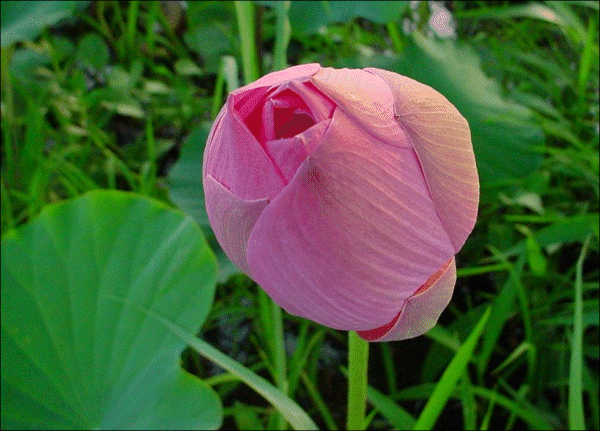
Overview:
All parts of the plant are used.
They are astringent, cardiotonic, febrifuge, hypotensive, resolvent, stomachic, styptic, tonic and vasodilator.
Leaf juice is used in the treatment of diarrhea.
A decoction of the flowers is used in the treatment of premature ejaculation and as a cardiac tonic.
A decoction of the floral receptacle is used in the treatment of abdominal cramps and bloody discharges.
The flower stalk is haemostatic[176].
It is used in treating bleeding gastric ulcers, excessive menstruation and post-partum hemorrhage.
Stamens are used in treating urinary frequency, premature ejaculation and uterine bleeding.
A decoction of the fruit is used in the treatment of fever and heart complaints.
The seeds are hypotensive, sedative and vasodilator. They have shown to lower cholesterol levels and to relax the smooth muscle of the uterus.
They are also used in the treatment of poor digestion, enteritis, chronic diarrhea, insomnia.
The plumage and radicle are used to treat thirst in high febrile disease, hypertension, insomnia and restlessness.
The root starch is used in the treatment of diarrhea, dysentery.
It is also taken internally in the treatment of hemorrhages, excessive menstruation and nosebleeding.
The root nodes are used in the treatment of nasal bleeding, haemoptysis and functional bleeding of the uterus.
The plant has a traditional history in the treatment of cancer; research has isolated certain compounds from the plant that show anticancer activity.
Applications:
Promotes homeostasis, stops bleeding.
Astringent; Cancer; Cardiotonic; Febrifuge; Hypotensive; Miscellany; Resolvent; Stomachic; Tonic; Vasodilator
Phyto-chemicals:
The plant contains lotusine, demethyl coclaurine, neferin and nuciferine
Dosage:
Tincture: 1 -3 ml per day
Reference:
Antioxidant principles of Nelumbo nucifera stamens.
Jung HA, Kim JE, Chung HY, Choi JS.
Faculty of Food Science and Biotechnology, Pukyong National University, Busan 608-737, Korea.
|

